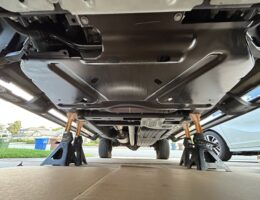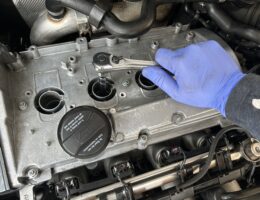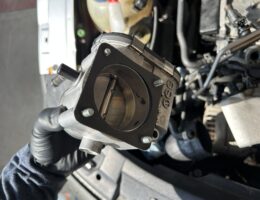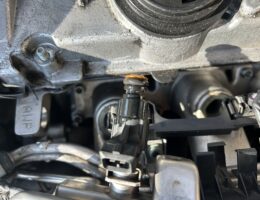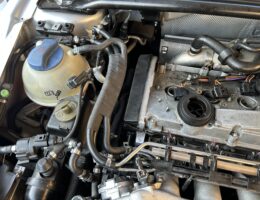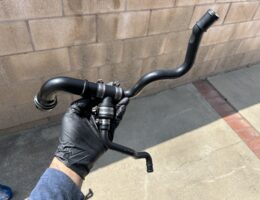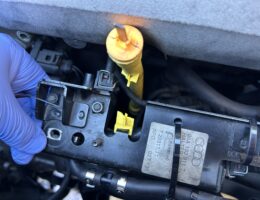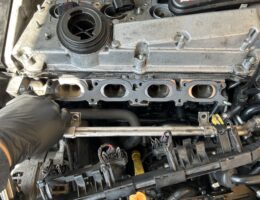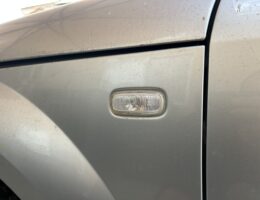On the 13th generation Ford F-150, you may have this felt under cover installed under the transmission. This part is commonly referred to as a “diaper” rather than an under cover due to it being made of a fabric-like material and commonly soaking up fluids in the undercarriage. A popular addon that will give you some protection to the undercarriage is to install a steel Raptor Skid Plate in its place.
Replacing your spark plugs every 30k miles on your 2000-2006 Audi TT is crucial for engine longevity and performance. Ignition coils don’t have a replacement interval, but they typically last over 100k miles. With both the ignition coils and the spark plugs, you don’t need much time to replace them on the MK1 Audi TT as they are quite accessible and easy to change out.
Over time, your car’s throttle body can get a build-up of carbon deposits, which can lead to issues such as rough idle, poor acceleration, and decreased fuel efficiency. From time-to-time, it’s a good idea to clean your throttle body to improve the performance of your vehicle. On the 2000-2006 Audi TT, the throttle body is located at the front of the engine bay close to the passenger side, so it is easily accessible.
The need to change out your fuel injector O-rings on the MK1 Audi TT usually isn’t something that is needed unless you have an issue like gas leaking at the fuel injectors. Replacing the fuel injector O-rings typically would be done when the fuel injectors would already be removed.
One specific issue under the hood that I encountered was the deteriorated and cracked fuel hoses that run to the fuel rails. These fuel hoses are the fuel rail supply and return hoses. These two hoses come together as one part with the part number: 8L9 133 986 C. Unfortunately, they are harder and harder to come by these days, so you may have to purchase universal fuel hoses to replace them with.
I swear, everytime I am working on something under the hood on my 2002 Audi TT, I find another issue that I need to address. The most recent thing I noticed is this y-shaped breather hose that has become cracked. If you have a MK1 Audi TT, then you probably know that because of the age of these cars, many of the rubber hoses have deteriorated over time.
From the moment I bought my Audi TT, I had a hard time pulling the oil dipstick because the handle on it had broken off. To make matters worse, when I replaced the broken N249 hoses under the hood, the oil filler tube broke off when I was removing the N249 bracket. It’s probably no surprise that these parts break since they are plastic parts that are constantly exposed to heat in the engine bay.
When your intake manifold gasket fails, it can lead to an air leak that affect engine performance. This results in loss of power and can cause emissions issues, such as throwing a check engine light, produce rough idle, and elevate engine temperature. On the MK1 Audi TT, it is a little bit of a pain to get to remove the intake manifod, so I wouldn’t recommend replacing it unless you’re already experiencing related issues on your car.
The side marker lens on the Mark I Audi TT (model years 2000-2006) is a simple part that clips into the side of the front fender. To replace this lens is really simple, but you won’t know that unless you know how to remove it. Since the side marker lens on my TT was cracked, I got a replacement part and wanted to write a quick little tutorial to help anyone who is looking to do the same job. If you need to change out a burnt out bulb, it will also require taking the lens cover off to replace the bulb.

